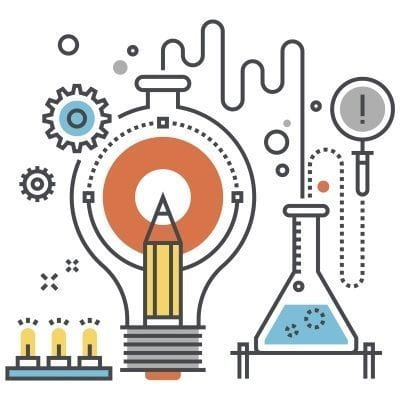
4-1 Make Prototype
Stages 1-3 are about collection and refinement. It is stage four that we start creating. It is important to note that without having spent time in the earlier stages, it is unlikely that we would be creating anything worthwhile.
The goal of a prototype is to allow you to effectively share your idea with other people, so that they are able to provide feedback.
Prototypes can take many forms. It will be up to you what form your prototype to take. Some suggestions can be found below.
- Storyboards
- Diagrams
- Stories
- Mock-Ups
- Ads
- Role-Plays
4-2 Get Feedback
No design is complete without feedback. This course culminates in a presentation to the staff of your prototype. They will be looking at your solutions and selecting those designs that they feel should be explored further.
You are encouraged to get as much feedback as possible on your prototype prior to presenting to the staff. Once you have collected feedback from other groups, you will need to spend time incorporating their feedback. It is important to note at this point the design process is iterative This means that you will likely create many versions of your design as you test, tweak, and retest. included below is a handout that can help guide your feedback sessions.
 Loading…
Loading…
Final Task: Presentation to staff
The final task in this course is the presentation to the staff. This presentation will be occurring on May 15th. Each group will be given 5 minutes to present their solution. You are welcome to use whatever means you feel is best to present your idea. Prior to your presentation each group will be working with an administrator to practice and to get some suggestions. Each group will also be having a mock presentation in front of their peers on May 8th.
Thanks for all your hard work!